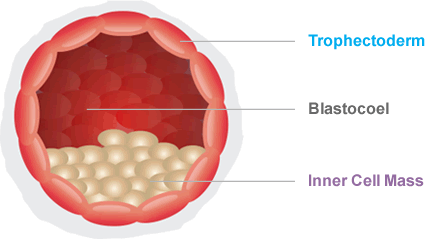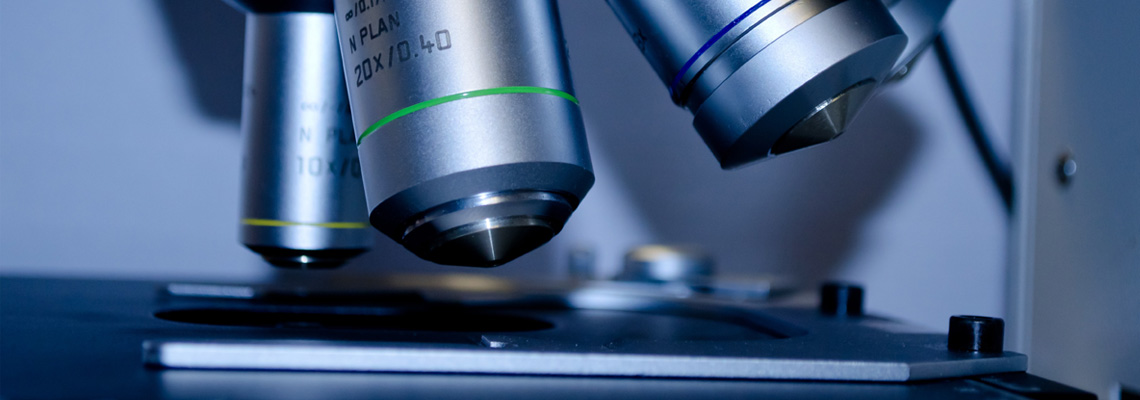With the latest revolutionary technologies and skills, ALPHA IVF achieved high blastulation rate* of 72.5%** and has successfully established a Blastocyst Transfer Program with IVF pregnancy rate of 70-80%.
In this blastocyst transfer program, fewer embryos are transferred, and hence reducing multiple pregnancy risks. With this achievement, blastocyst transfer is now done routinely in ALPHA IVF.
What is Blastocyst transfer?
Blastocyst is an embryo that has developed for five to six days after fertilisation and has developed 2 distinct cell types, the trophectoderm and inner cell mass and a cell cavity filled with fluid (blastocoel cavity). Trophectoderm will later develop into placenta and inner cell mass will later become the fetus. With blastocyst transfer, embryos are cultured in the laboratory to the blastocyst stage before they are transferred to the womb.
What are the chances of having a baby with blastocyst transfer?
Please click here for the success rates of Blastocyst Transfer Program at ALPHA IVF.

What is the disadvantage of blastocyst transfer?
Not all embryos will develop to blastocysts. Therefore, there is a possibility of having no embryo transfer if no embryos develop to blastocyst. Depending on how many embryos you have after fertilisation, your consultant will advise you to consider a Day 2 or Day 3 embryo transfer than risk having no blastocyst transfer on Day 5 or Day 6.
On average, patients with six or more high quality embryos on Day 3 are the best candidates for Blastocyst Transfer Program because there is a higher chance of more embryos develop to blastocysts.
What is the advantage of blastocyst transfer?
Not all embryos have the potential to develop into a blastocyst, either in the womb or in the laboratory. Therefore, blastocyst culture is a valuable tool to facilitate the selection of the best quality embryos that most likely give rise to a pregnancy. In a typical non-blastocyst in vitro fertilization (IVF) cycle, embryos are transferred into the womb three days later. Due to the fact that it is difficult to predict on Day 3 which embryos are more likely to produce a pregnancy, three or more embryos are frequently transferred in hopes that at least one will result in a live birth. With our latest revolutionary techniques, we can now culture the embryos in the laboratory till the blastocyst stage. Because blastocysts are more advanced and more likely to implant, one to two blastocyst(s) are transferred. This reduces the risk of multiple pregnancy such as triplets. However, there is still a high likelihood of a twin pregnancy being established if two blastocysts are transferred.
Is blastocyst transfer for me?
At AFC, you will be offered to take part in the Blastocyst Transfer Program if,
- You have produced good quality embryos in a previous IVF cycle but they failed to implant in the womb.
- You are concerned about risk of multiple pregnancy and wish to have only one embryo transferred.
- You have six or more good quality embryos on Day 3.
- You have explored all other treatment options and want to access the developmental potential of your embryos.
- You are young with a good prognosis for pregnancy from IVF.
* Blastulation rate = The percentage of fertilized embryos that develop to the blastocyst on day 5 or day 6.
**Lee, CSS.; Lim YX; Low SY. High Blastulation Rate and Blastocyst Utilisation Rate at Alpha Fertility Centre. Presented at the 23rd Congress of the Obstetrical & Gynaecological Society of Malaysia, 5-8 June 2014, Malaysia


